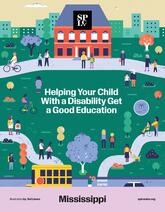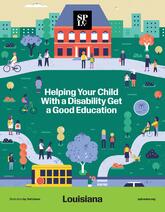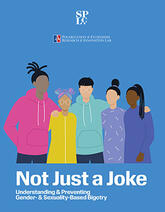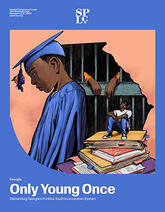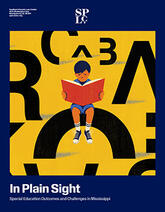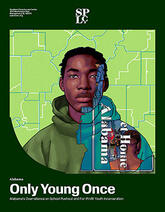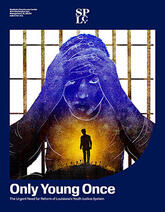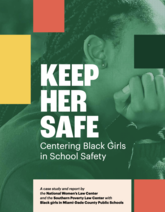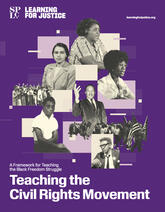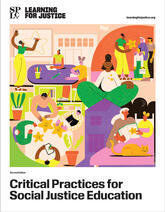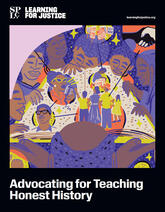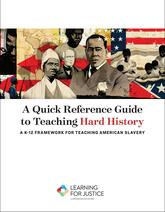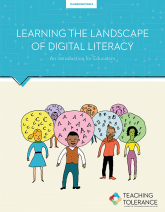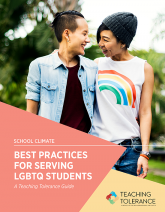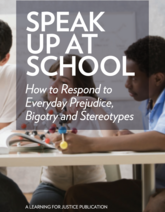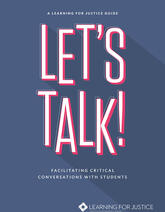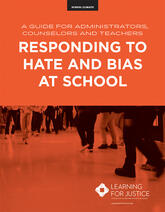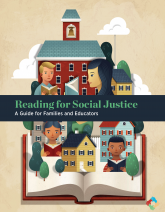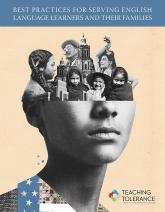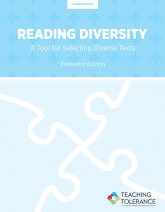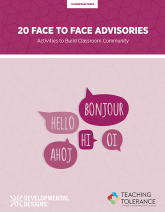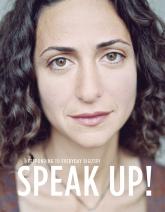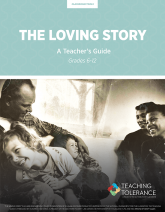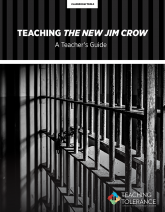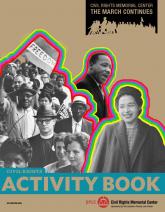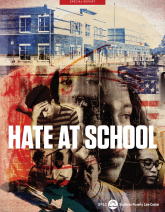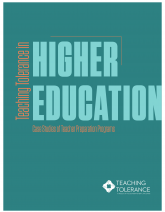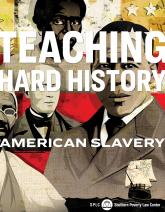The Individuals with Disabilities Education Act opens the way for services designed to assist your unique child best and help them gain the most they possibly can during their years in the public education system.
The Individuals with Disabilities Education Act opens the way for services designed to assist your unique child best and help them gain the most they possibly can during their years in the public education system.
This report helps readers identify warning signs that a young person has become susceptible to hateful, male-supremacist ideologies, best practices for responding, and ways to build resilience against manipulation.
[2024] This report investigates policies and practices producing harm and racial disparities in Georgia’s youth legal system, and the political culture that undergirds it.
[2024] This report provides an in-depth assessment of the challenges and inequities in the special education system and how they adversely affect the educational rights of disabled children in Mississippi.
[2024] This report explores the scope and impact of youth incarceration and ways Florida can reform and disrupt these systems.
[2024] This report details how a narrative of youth crime contributes to overly punitive school discipline, racial disparities, and an expensive youth legal system that is not designed for rehabilitation.
[2023] This report illustrates how Mississippi’s approach to youth justice is built on debunked notions of Black criminality, and offers a more humane alternative.
[2023] This report explores how perceptions of Black youth in Louisiana’s school and juvenile justice systems contribute to an overreliance on punitive measures, leading to stark racial disparities.
[2024] This case study and report by NWLC and SPLC demonstrates how critical insights can come from centering Black girls in the school safety conversation.
[2023] Teaching the Civil Rights Movement begins in 1877 with Reconstruction and continues the narrative of the movement for equality and civil rights to the present.
[2023] Critical Practices is a resource to support K-12 educators in growing their understanding of social justice principles and integrating them into their practice.
[2023] This guide offers resources and tools for teaching honest history in the classroom and strategies for advocating for honest history education.
[2022] LFJ's framework for teaching about American slavery can be used to supplement current curriculum or to guide the creation of new curriculum that more honestly and courageously tells the story of American slavery.
The Social Justice Standards—organized into the domains Identity, Diversity, Justice and Action—provide a road map for anti-bias education at every grade level.
The internet and digital technology have not only changed our day-to-day lives—they have changed the boundaries of education. Most educators embrace the opportunities (and responsibilities) presented by new media and...
With this guide, we hope to help teachers and school leaders make curriculum and policy decisions that include LGBTQ students and prepare all students to thrive in a diverse democracy.
This guide offers advice to adults about how to respond to biased remarks and the use of stereotypes—and how to teach students to speak up as well.
This resource is for educators working to build their own competency facilitating classroom conversations about critical topics like identity, discrimination and inequality.
This guide offers suggestions for preventing and navigating a bias- or hate-related crisis. It is designed primarily for school administrators, but teachers, staff, counselors and students also may find guidance here.
Reading groups that bring students, educators and families together benefit everyone. This guide offers step-by-step instructions for planning reading groups that include and empower the entire community.
This guide can help staff move the entire school toward a comprehensive and culturally responsive approach to serving English Language Learners and their families.
Including diverse voices is a priority in K–12 classrooms. Learning for Justice offers a unique model to make it easier: Reading Diversity.
Learning for Justice is proud to partner with The Origins Program to present 20 advisory activities selected from Face to Face Advisories: Bridging Cultural Gaps in Grades 5-9.
A collection of real-life stories, gathered by the Southern Poverty Law Center, on how people across the United States spoke up against everyday bigotry.
Learning for Justice produced this interdisciplinary teacher’s guide for The Loving Story, a documentary film about a couple’s fight to end the ban on interracial marriage.
A teacher’s guide for The New Jim Crow: Mass Incarceration in the Age of Colorblindness, a groundbreaking book by Michelle Alexander.
The Civil Rights Activity Book uses puzzles, songs and photos to teach children about martyrs and events of the civil rights movement. Provided here courtesy of the Civil Rights Memorial Center.
We surveyed thousands of educators and the picture that emerges is the opposite of what schools should be. Our report details the scope of the problem and what you can do to help.
This study presents the findings of 13 case studies and interviews with university faculty demonstrating how TT resources can be incorporated into existing coursework across the teacher education curriculum.
